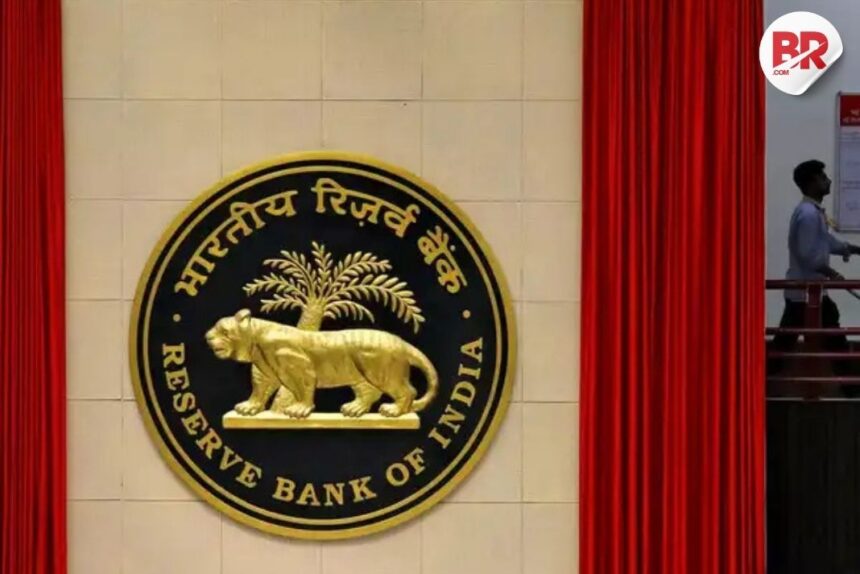
The Reserve Bank of India (RBI) has made a bold move. It cut its key repo rate by 25 basis points—bringing it down to 6%. This is the second cut in a row. More importantly, it also announced a 6.5% growth forecast for 2025.
This combination of lower rates and a moderate growth target shows the RBI’s effort to boost economic momentum during uncertain times. But how does this affect your wallet, business, or job? Let’s break it down.

What Is a Repo Rate Cut?
When the RBI cuts the repo rate, it lowers the interest at which banks borrow from it. A lower repo rate usually makes loans cheaper for everyone—individuals and businesses alike.
So, if you’re planning to buy a home, start a business, or invest in expansion, this is good news. Cheaper loans mean more spending. More spending can lead to more growth.
Also Read: India Locks in Lifeline: Coromandel Ma’aden Fertilizer Partnership Deepens
Why the 6.5% Growth Forecast Matters
A 6.5% growth forecast is strong—but not too aggressive. India has seen faster growth in recent years, but global challenges are real.
Former RBI Executive Director Mridul Saggar says this number might be too optimistic. He thinks actual growth could be closer to 6%, especially if global trade tensions and inflation worsen.
This forecast is still one of the highest among major economies, signaling India’s resilience. But it’s not without risks.
What Are the Risks?
Global uncertainties are growing. Trade wars, tariffs, and slowdowns in the US and China can hit Indian exports. Imported goods might become more expensive, pushing inflation up.
As RBI Governor Sanjay Malhotra warned, higher import costs can affect inflation, especially if oil and food prices rise.
According to Citi economist Samiran Chakraborty we might even see the repo rate fall to 5.5% by August if growth slows down more than expected.
Also Read: RBI’s 6 Money Meetings: Will 2025 Bring Relief or More Pain for Indians?
Impact on Banks and Consumers
Not all changes will be instant. SBI Chairman CS Setty said deposit rates won’t drop quickly. Banks will first adjust bulk deposits. So, savings account holders may not feel the impact right away.
Also, banks will need to balance lower loan rates with fair returns to depositors. This could create margin pressures—where banks earn less on each loan.
Still, for consumers, this move could mean cheaper home, auto, and business loans. It’s also likely to help the real estate and auto sectors.
RBI’s Tightrope Walk: Growth vs. Inflation
The RBI is walking a fine line. On one hand, it wants to boost growth. On the other, it must control inflation. Lower rates can fuel spending, but they can also raise prices if demand outpaces supply.
This balancing act is key. RBI’s switch to an accommodative stance shows it’s ready to act if inflation rises. Tools like liquidity management and inflation targeting will help control any overheating.
What’s Next?
Experts are divided. Some say the RBI’s move is a smart push to keep the economy running. Others warn of rising prices and a weaker rupee.
But one thing is clear—this is a time for careful decisions. Whether you’re a borrower, investor, or business owner, keep an eye on the RBI’s next steps.
Also Read: RBI’s 25 bps Cut Hits Bank Stocks—Find Out Which Banks Fell the Most!












